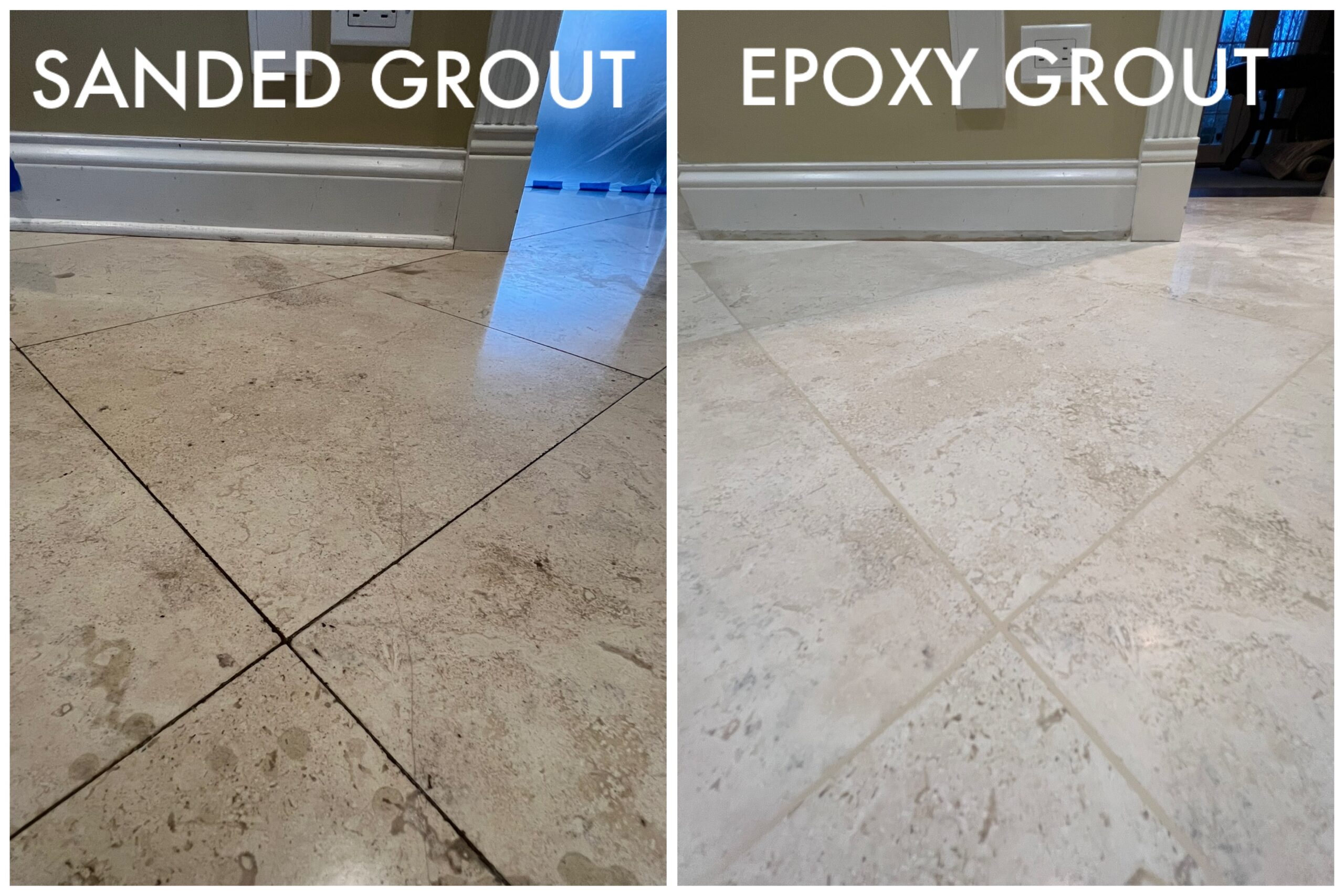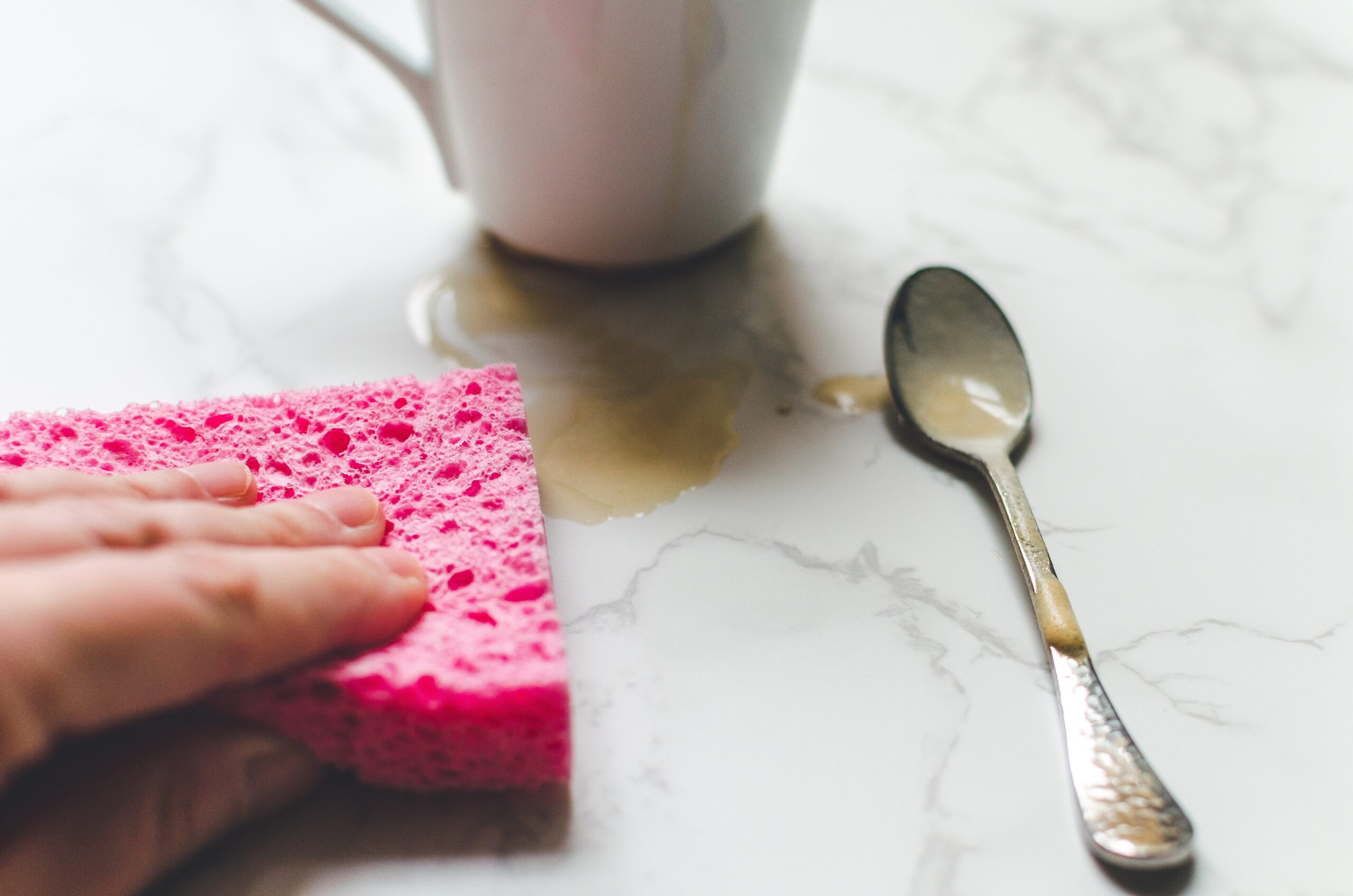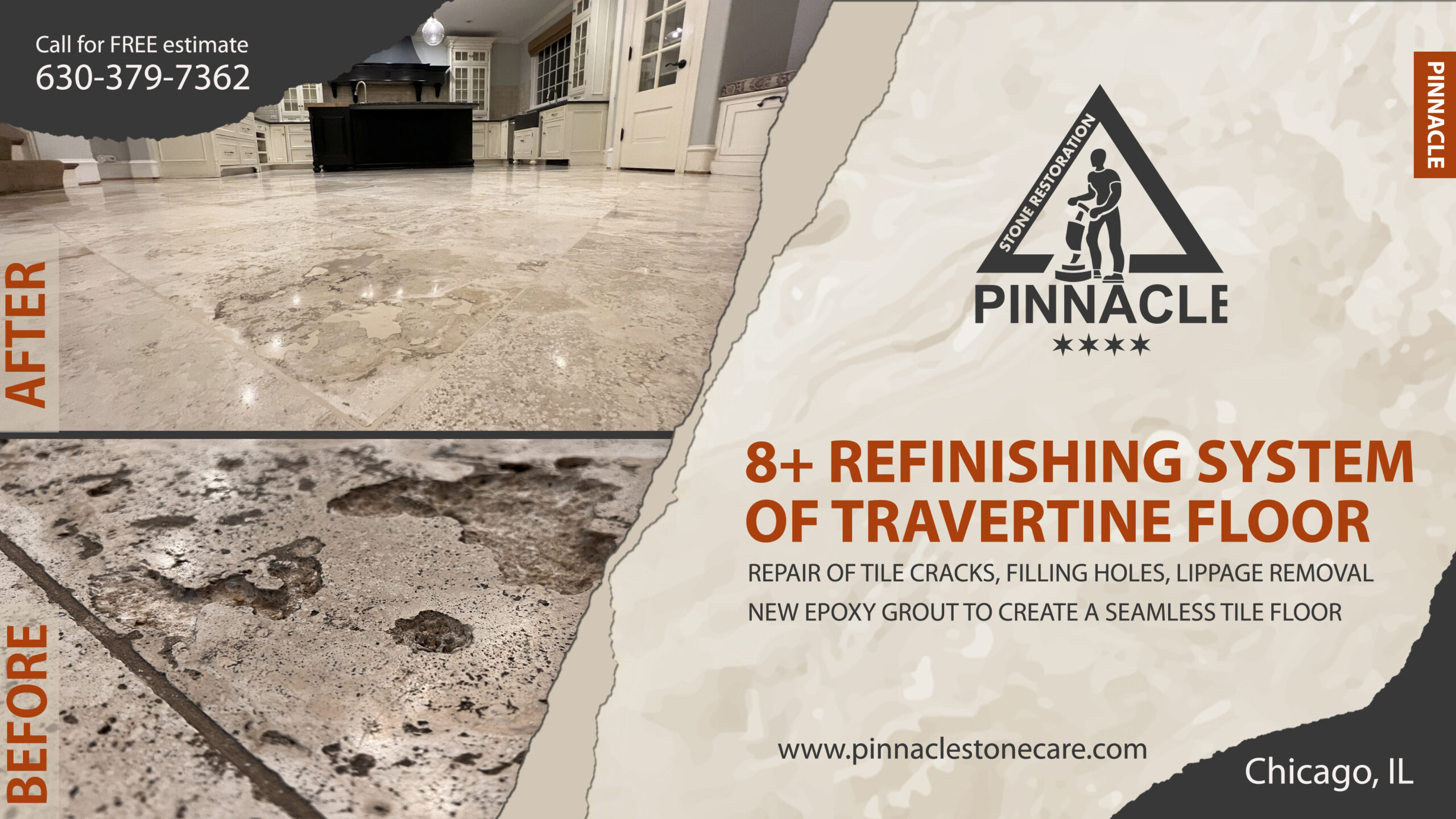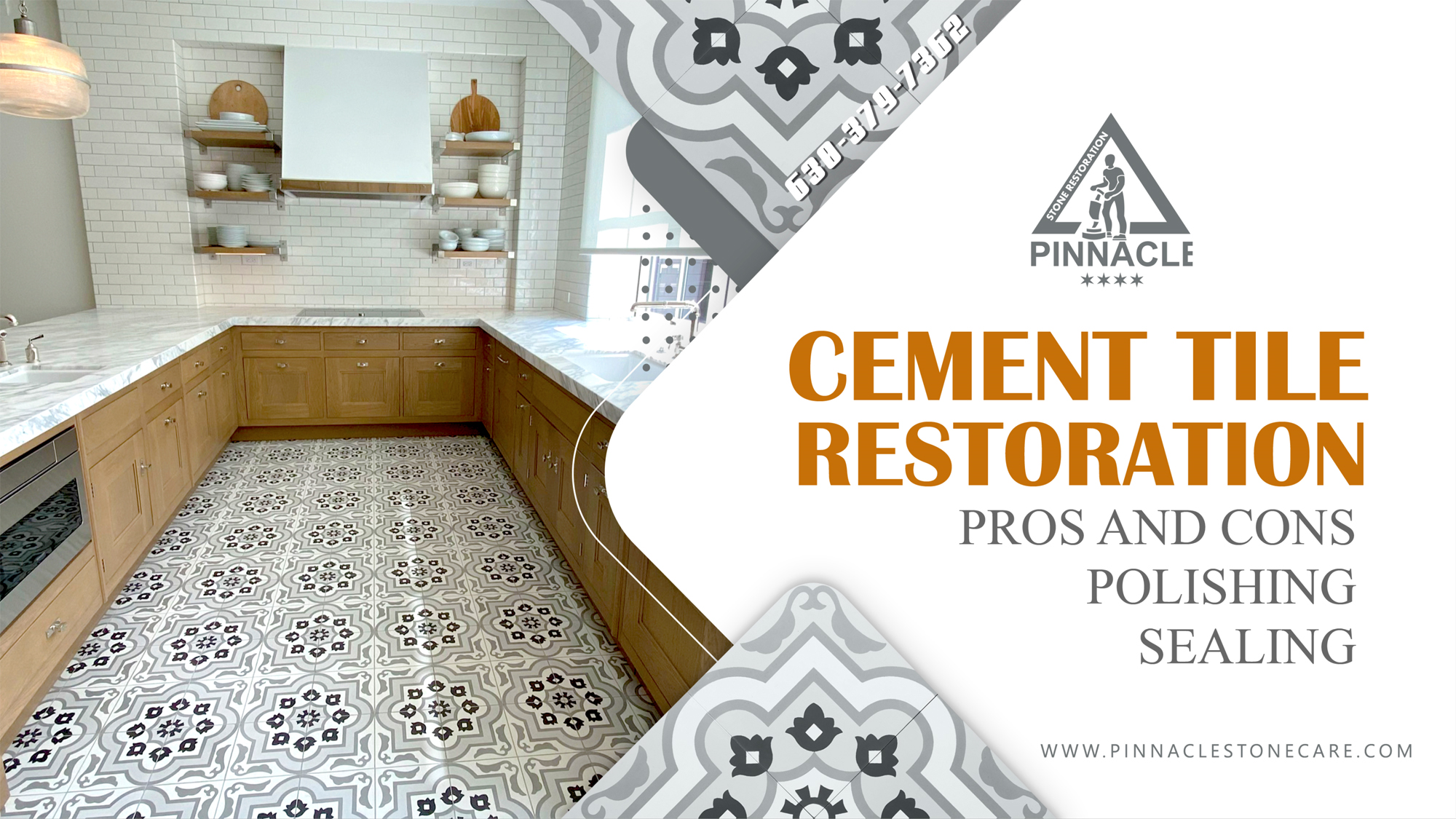What are the most popular types of grout for natural tile floor
When it comes to tiling, grout is an essential component of the job. Grout is a paste-like material that is used to fill in the gaps between tiles and to provide a sealant to keep moisture out. It is important to choose the right grout for your project, as it can affect the appearance, durability, and lifespan of your tile floor.
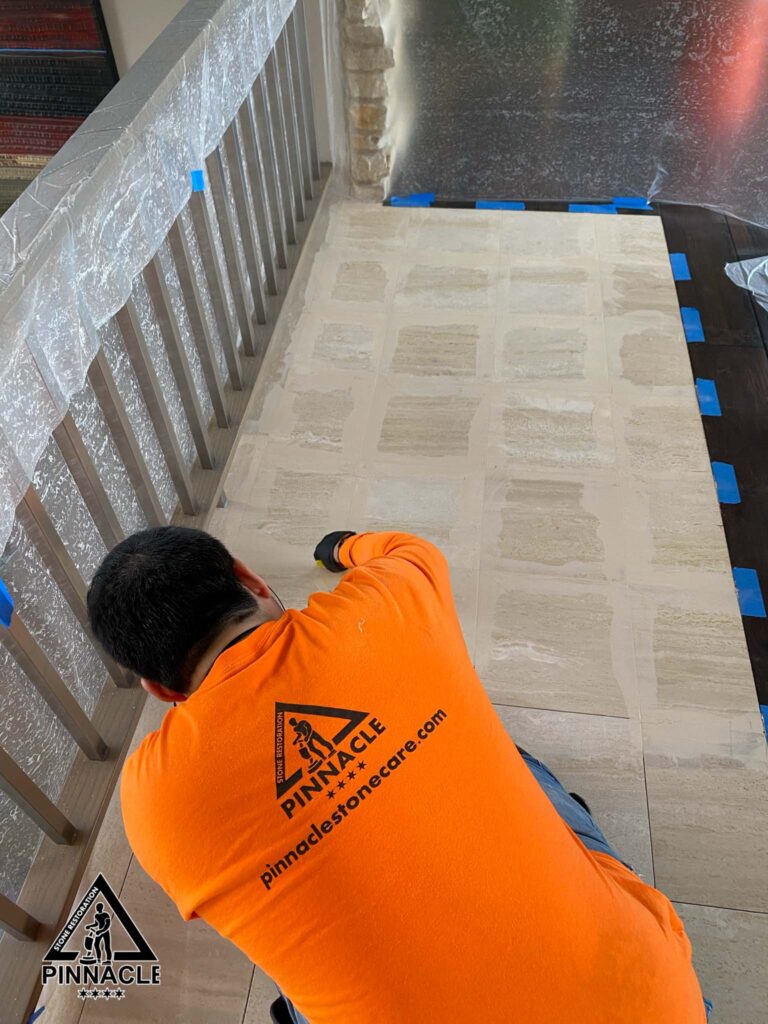
When it comes to natural tile floors, there are a few different types of grout that are popular. The most popular type of grout for natural tile floors is cement-based grout. This type of grout is composed of cement, sand, and water, and it is the most durable and long-lasting option. It is also the most affordable option, making it a popular choice for many homeowners.
Another popular type of grout for natural tile floors is epoxy grout. This type of grout is composed of two parts, a resin and a hardener. It is very durable and resistant to staining and cracking, making it a great choice for high-traffic areas. Epoxy grout is also more expensive than cement-based grout, but it is worth the extra cost for its superior performance.
Finally, there is also acrylic grout, which is a polymer-based grout. It is a popular choice for natural tile floors because it is easy to apply and clean, and it is also resistant to staining and cracking. Acrylic grout is also more expensive than cement-based grout, but it is still a popular choice for its ease of use.
No matter which type of grout you choose, it is important to make sure you choose the right type for your project. Each type of grout has its own unique properties and characteristics, so it is important to consider your specific needs and the type of tile you are installing before making a decision. With the right grout, you can ensure that your natural tile floor will look great and last for years to come.
Why epoxy grout is a better choice than sanded grout for travertine or marble tile floor
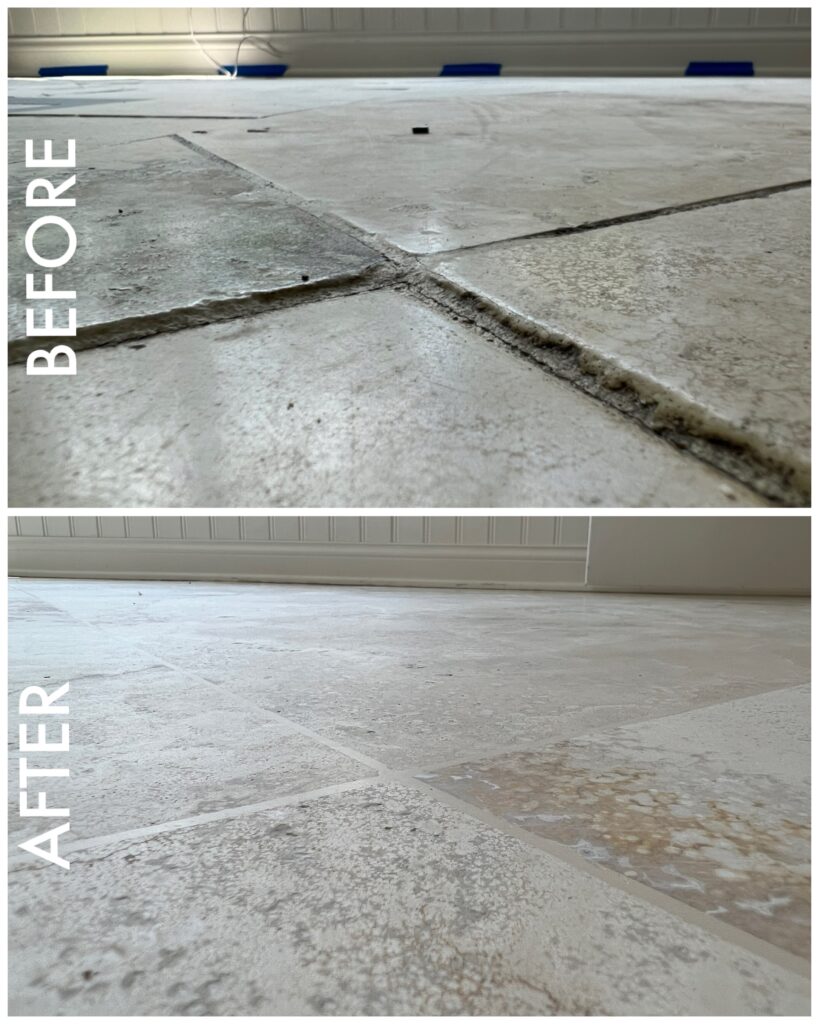
When it comes to installing or refinishing a travertine or marble tile floor, epoxy grout is often a better choice than sanded grout. Epoxy grout is more durable and resistant to water, stains, and wear and tear than sanded grout. It also provides a more seamless look, which is important for a high-end tile floor.
As I mentioned earlier, epoxy grout is made from a combination of epoxy resin and hardener. This makes it much stronger and more water resistant than sanded grout, which is made from cement, sand, and water. Epoxy grout is also more resistant to staining and wear and tear than sanded grout, which can become discolored over time.
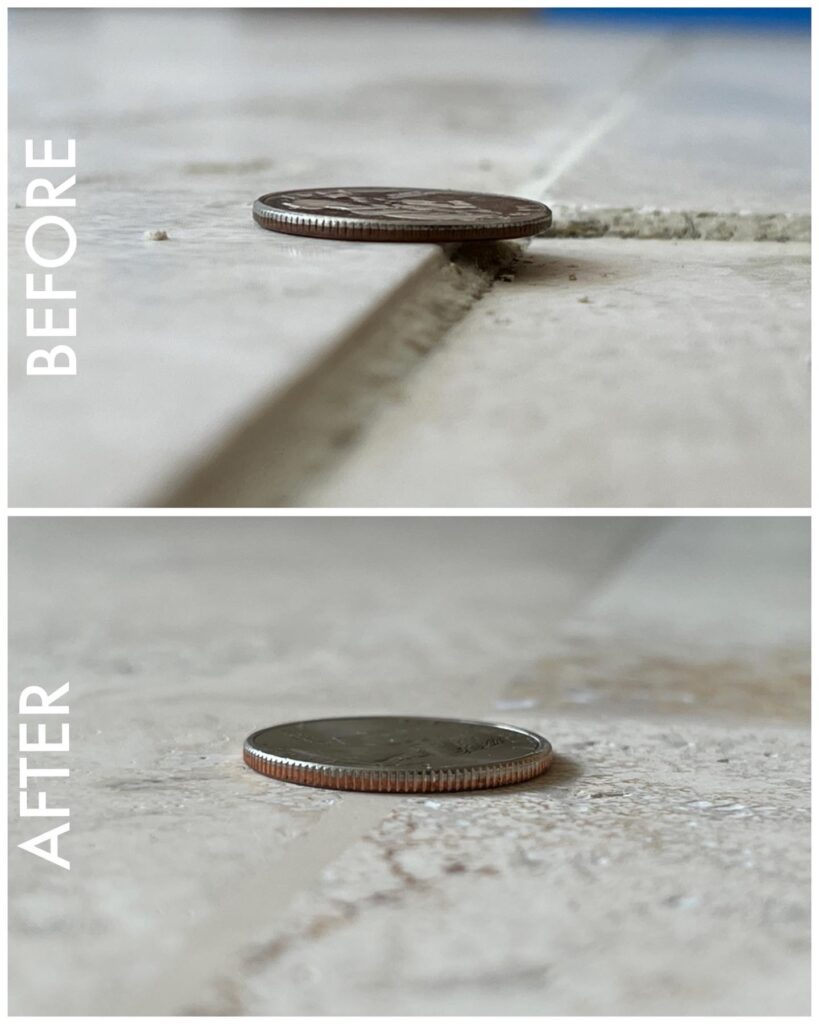
Epoxy grout also provides a more seamless look than sanded grout. This is important for a high-end tile floor, as it gives the floor a more polished and professional look. Epoxy grout also comes in a wide variety of colors, so you can match the grout to the color of the natural stone tile.
In addition to its durability and aesthetic benefits, epoxy grout is also easier to install than sanded grout. It can be applied with a trowel and requires no mixing or special tools. It also takes less time to install than sanded grout.
While epoxy grout is more expensive than sanded grout, it is well worth the extra cost. It is more durable, resistant to water and stains, and provides a more seamless look. It is also easier to install and requires less maintenance. For these reasons, epoxy grout is often the better choice for travertine or marble tile flooring.
We have a refinishing system called 8+ step refinishing system. In this natural stone tile floor restoration system we use epoxy grout, and then grind the stone along with grout to remove any tile lippage (uneven tiles)
and create a seamless floor system which provides super durability, seamless gorgeous look, and ease of maintenance. Here you can watch our project videos to understand the process of our 8+ step refinishing system.

